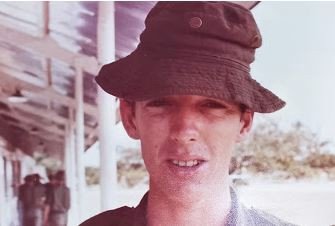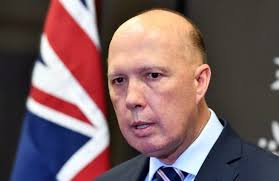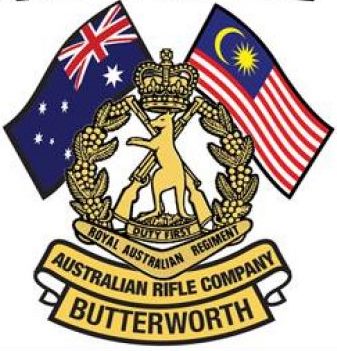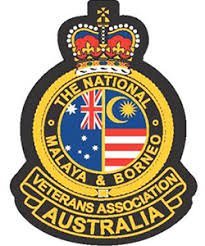WELCOME TO OUR RECOGNITION OF RCB CAMPAIGN
 Hello and thanks for visiting.
Hello and thanks for visiting.
In a nutshell our campaign is to have the Rifle Company Butterworth (RCB)’s service recognised as warlike. The Government, despite the facts discovered since its original decision, says its non-warlike service similar to peacetime garrison duty in Australia.
We have provided evidence of a deception that has denied 9,000 Australian troops and their families certain entitlements to repatriation benefits.
In 1970 RCB was deployed to protect the RAAF assets (aircraft, facilities, servicemen and women and their families) at the Air Base Butterworth Malaysia from 1970 to 1989 at the time when Malaysia was fighting its Counter Insurgency War (1968-1989) against the resurgent communist terrorists.
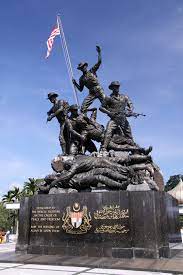
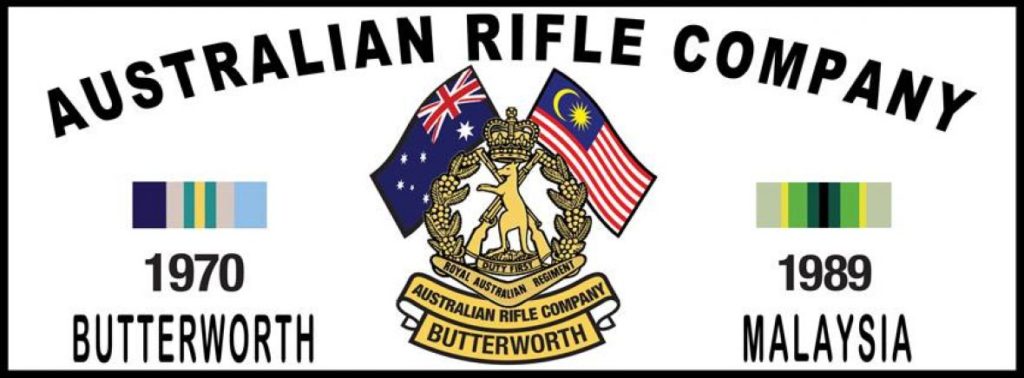

 Hello and thanks for visiting.
Hello and thanks for visiting.

